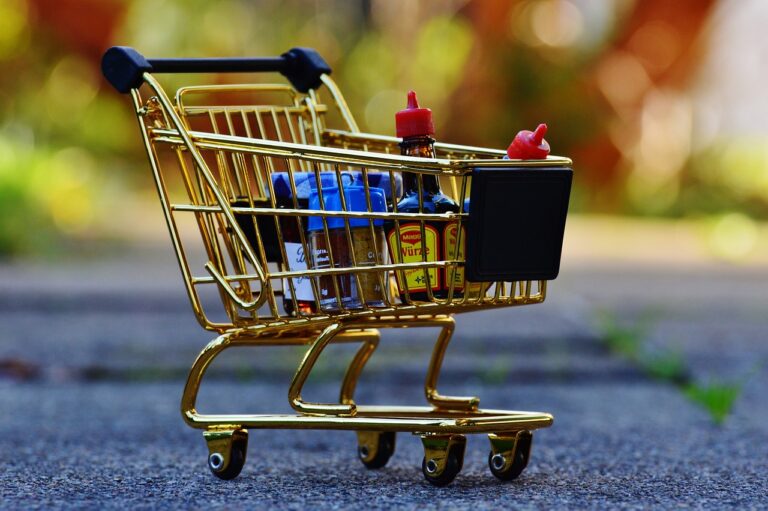The Role of Sustainability in Retail: Trends and Initiatives
Retailers often encounter significant obstacles when trying to embed sustainable practices within their operations. One common challenge is the initial investment required to transition to eco-friendly alternatives, such as materials or technologies. Despite the long-term benefits, many retailers struggle to justify the immediate expenditures necessary for sustainable initiatives.
Moreover, another hurdle faced by retailers is the lack of standardized regulations and guidelines across industries. This inconsistency makes it difficult for retailers to align their sustainability efforts with broader industry standards, resulting in confusion and inefficiencies in implementation. As a result, navigating the complex landscape of sustainable practices becomes a daunting task for retailers striving to make a positive impact on the environment.
Increasing Consumer Demand for Eco-Friendly Products
Consumers today are more conscientious about the environmental impact of their purchasing decisions. They are increasingly seeking products that are eco-friendly and sustainably produced. This shift in consumer mindset has put pressure on retailers to offer a wider range of environmentally friendly options on their shelves.
With the rise of social media and digital platforms, consumers are becoming more aware of the issues surrounding sustainability and are actively seeking out brands that align with their values. This has led to a surge in demand for eco-friendly products across various industries, prompting retailers to re-evaluate their product offerings and supply chains to meet this growing consumer demand.
Innovative Packaging Solutions to Reduce Environmental Impact
One of the key challenges facing retailers today is the urgent need to adopt innovative packaging solutions that can help reduce their environmental impact. The increasing consumer demand for eco-friendly products has put pressure on companies to rethink their packaging practices and implement sustainable alternatives. In response to this, many retailers are exploring new ways to package their products that minimize waste and carbon emissions.
Sustainable packaging innovations such as biodegradable materials, reusable containers, and compostable packaging are gaining popularity among retailers looking to align with eco-conscious consumer preferences. By incorporating these environmentally friendly solutions into their packaging strategies, retailers can not only reduce their environmental footprint but also appeal to a growing market of consumers who prioritize sustainability. The shift towards innovative packaging solutions presents an opportunity for retailers to demonstrate their commitment to environmental responsibility and differentiate themselves in a competitive marketplace.
What are some challenges faced by retailers in implementing sustainable practices?
Some challenges faced by retailers include finding cost-effective eco-friendly packaging options, ensuring supply chain sustainability, and educating consumers about the importance of sustainable packaging.
Why is there an increasing consumer demand for eco-friendly products?
Consumers are becoming more aware of the environmental impact of traditional packaging materials and are seeking products that are made with sustainable materials and practices to reduce their carbon footprint.
What are some innovative packaging solutions to reduce environmental impact?
Some innovative packaging solutions include using biodegradable or compostable materials, implementing reusable packaging options, and reducing packaging waste through efficient design and size optimization.







